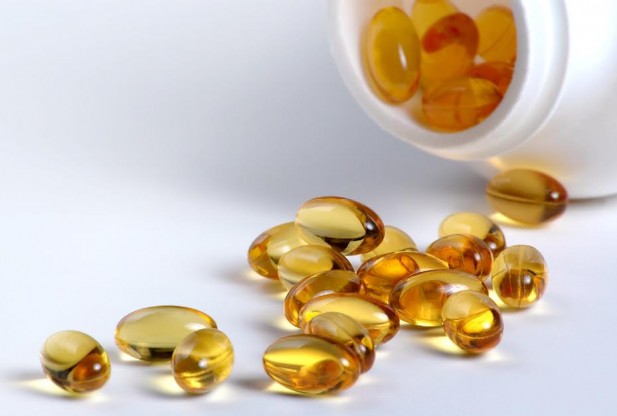
Vitamin E is an antioxidant, which may help protect your
cells from damage. This essential nutrient occurs naturally in many foods, is
available as a dietary supplement, and sometimes is added to processed foods.
Vitamin E is fat-soluble, which means your body stores and uses it as needed.
Vitamin E has many functions. It thins the blood which
is significant health benefit. Vitamin E can also protect eye sight. Vitamin E
intake and high serum tocopherol (vitamin E) levels have been linked to a
decreased risk of age-related cataracts.
Vitamin E may help people with higher environmental or
lifestyle risk factors. Cigarette smoking, exposure to air pollution, and high
exposure to ultraviolet rays from sunlight increase free radicals. Vitamin E
may help repair damaged cells as it is a powerful antioxidant. Vitamin E oil
can be used to treat scars, acne, and wrinkles because it speeds up cell
regeneration. This creates an anti-aging effect, which makes the skin look
younger. It benefits the skin by helping it retain its natural moisture
content. Vitamin E oil makes dull-looking, dry skin look healthier and fresher.
Vitamin E also helps to keep the immune system strong
against viruses and bacteria. It is also important in the formation of red
blood cells and helps the body use vitamin K. It also helps widen blood vessels
and keep blood from clotting inside them.
Whether vitamin E can prevent cancer, heart disease,
dementia, liver disease, and stroke still requires further research
Sources Of Vitamin E
-
Dry roasted sunflower seeds
-
Dry roasted hazelnuts
-
Dry roasted peanuts
-
Dry roasted almonds
-
Spinach
-
Broccoli
-
Kiwifruit
-
Mango
-
Raw tomato
-
Fortified breakfast cereals, fruit juices,
margarine, and spreads. Fortified means that vitamins have been added to the
food.
Dosages:
The Food and Nutrition Board at the Institute of Medicine
Recommended Intakes for Individuals for vitamin E:
Infants
- 0 to 6 months: 4 mg/day
- 7 to 12 months: 5 mg/day
Children
- 1 to 3 years: 6 mg/day
- 4 to 8 years: 7 mg/day
- 9 to 13 years: 11 mg/day
Adolescents and Adults
- 14 and older: 15 mg/day
- Pregnant teens and women: 15 mg/day
- Breastfeeding teens and women: 19 mg/day
Ask your health care provider which amount is best for you. The
highest safe level of vitamin E supplements for adults is 1,500 IU/day for
natural forms of vitamin E, and 1,000 IU/day for the man-made (synthetic) form.
Vitamin E Overdose:
As a fat-soluble vitamin, vitamin E is stored in the body,
and excess is not washed from the body through the urine like water-soluble
vitamins. It can slowly accumulate to toxic levels. This means that a person
can overdose on vitamin E, especially by taking supplements. Too much vitamin D
can cause:
-
Excessive bleeding especially in the brain.
-
High levels of vitamin E may also increase the
risk of birth defects.
-
Diarrhoea, nausea, stomach cramps.
-
Blurred vision
-
Unusual tiredness or weakness
Vitamin E Deficiency:
This condition is rare. Infants, those with fat
malabsorption and abetalipoproteinemia, a condition that prevents the body from
completely absorbing certain dietary fats, are more likely to have vitamin E
deficiency. Signs of this vitamin deficiency are:
-
Anaemia
-
Skeletal muscle weakness
-
Loss of muscle mass
-
Abnormal eye movements
-
Vision problems
-
Unsteady walking
A deficiency that lasts a long time may also cause
liver and kidney problems.
No comments:
Post a Comment